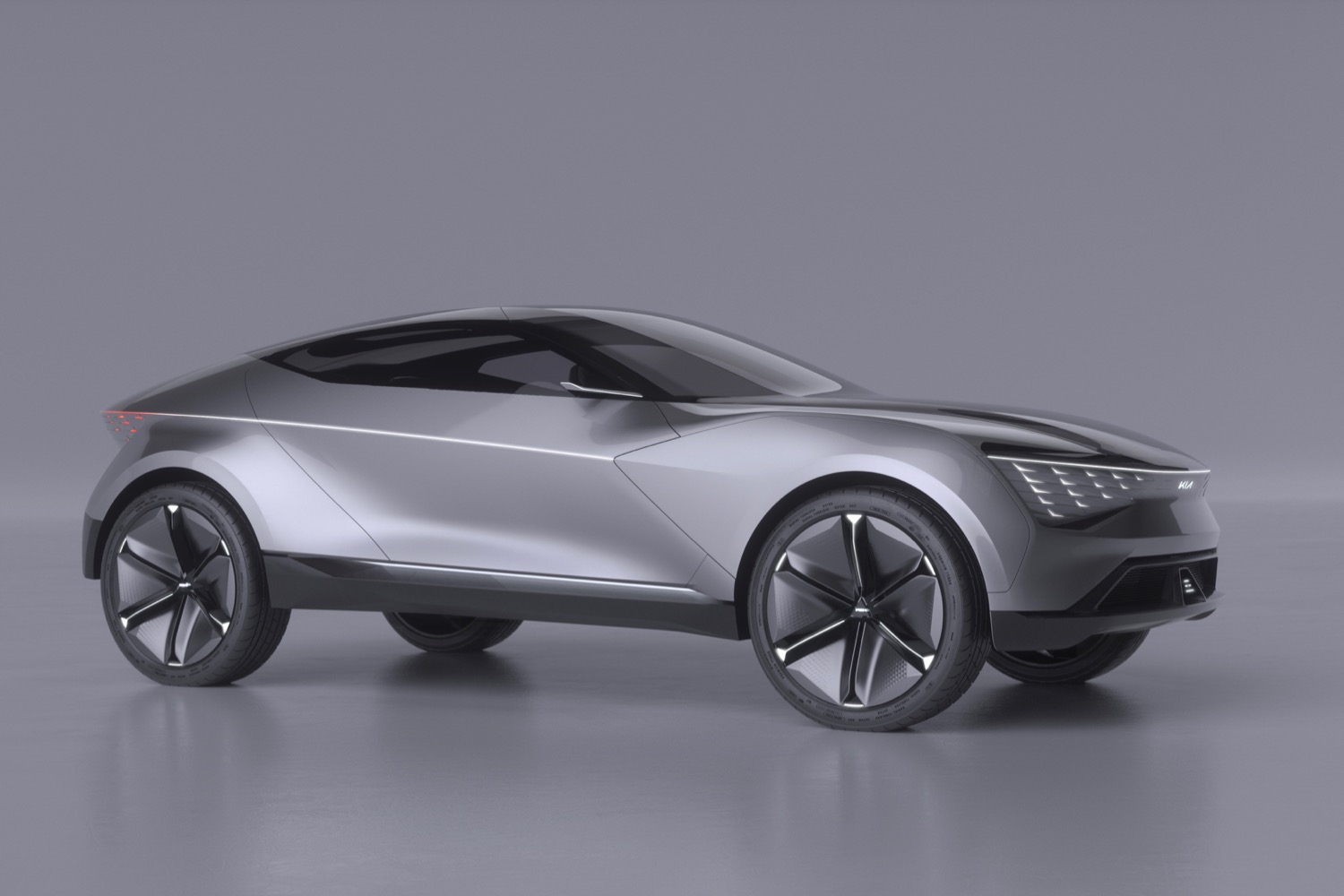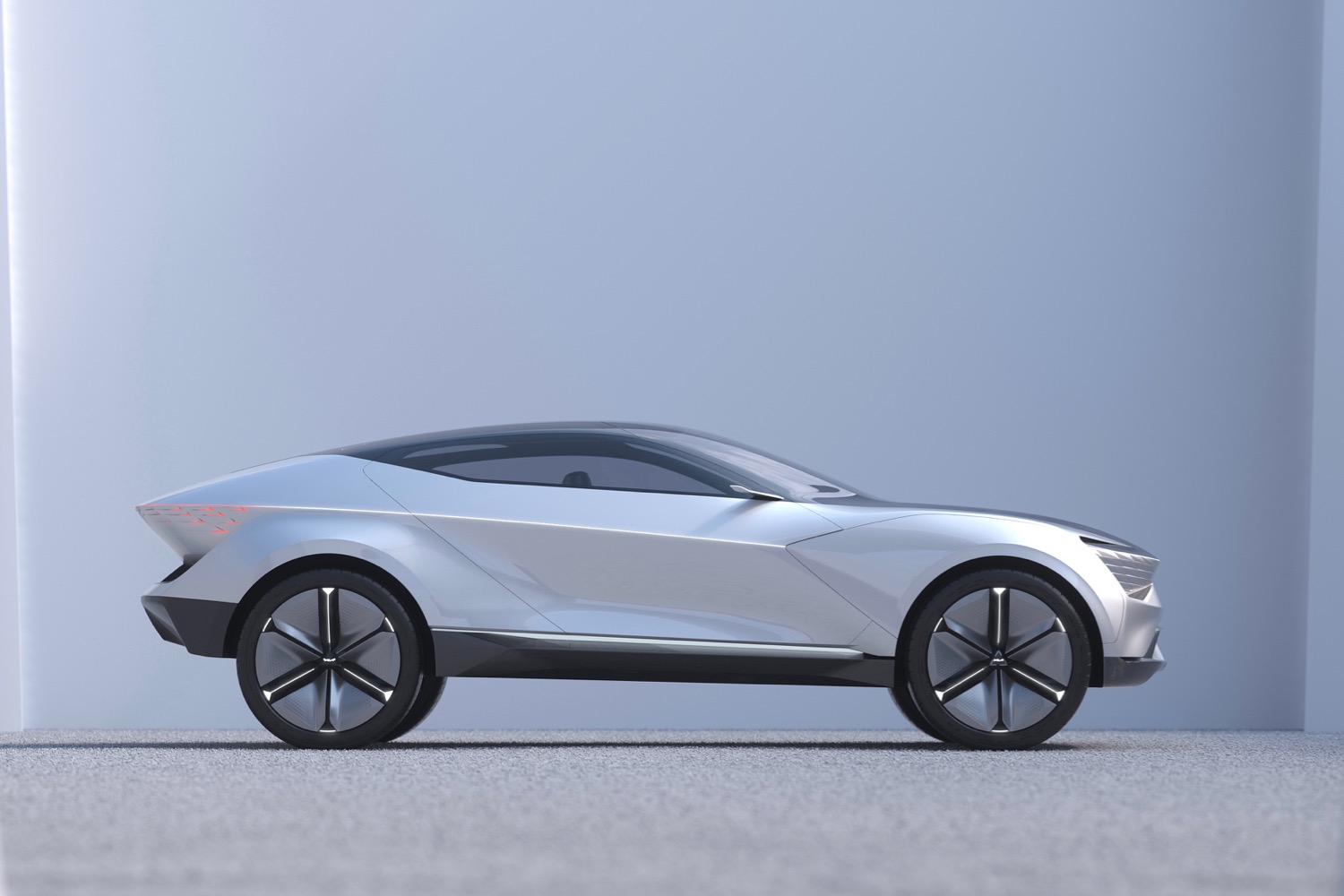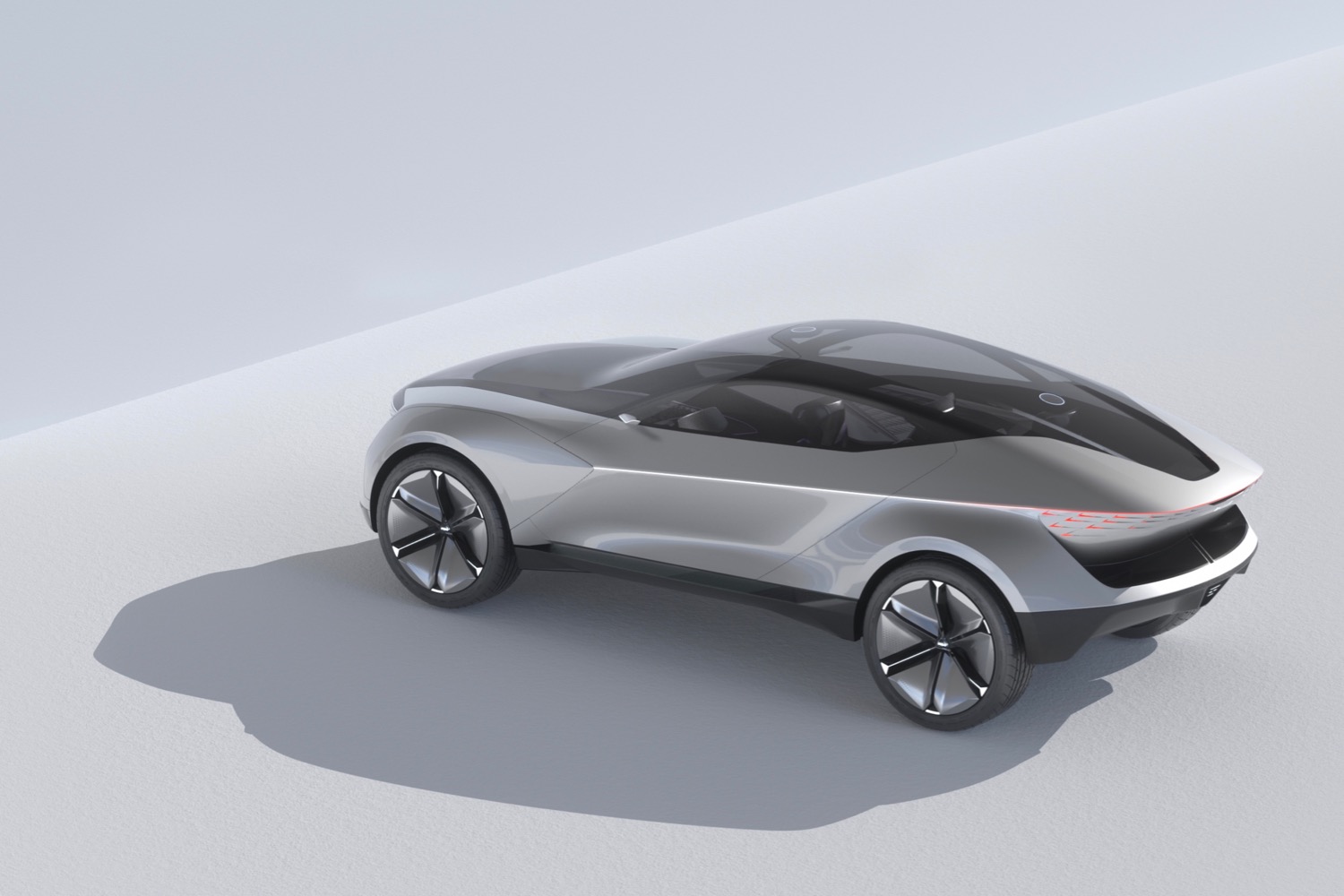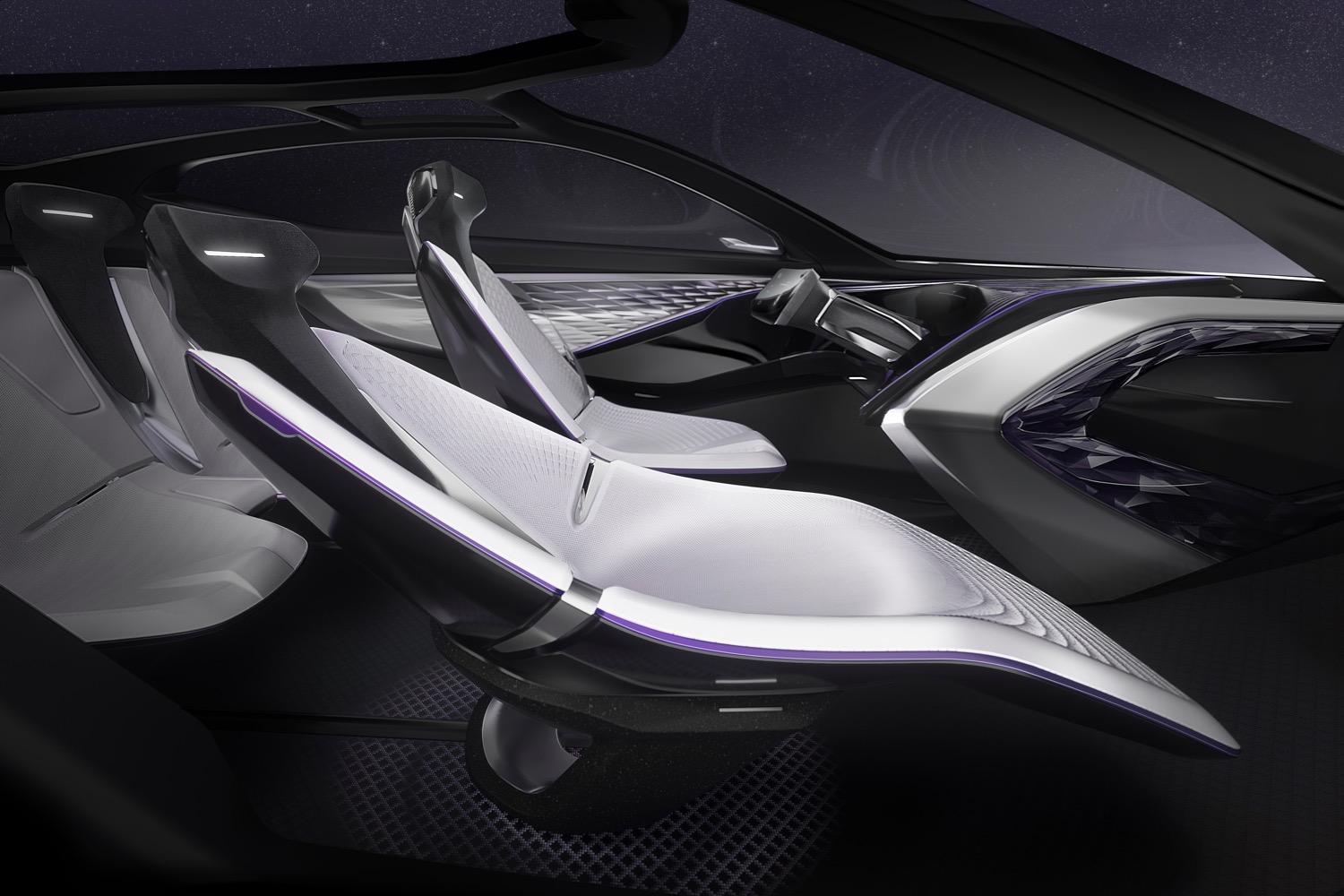A big part of Kia’s transformation from bargain-basement brand to mainstream player has been design. Kia has sought to highlight improvements under the skin by dressing its cars in stylish bodywork. To keep the buying public from getting tired of its styling, Kia is trying out a new look on an electric SUV concept called the Futuron.
Sounding like something that rolled out of one of General Motors’ Motorama shows, the Futuron is an SUV coupe. These vehicles, which feature fairly standard SUV bodies combined with lower rooflines, have been popularized by luxury brands like BMW and Mercedes-Benz. No mainstream brand has offered an SUV coupe so far, and it’s unclear if Kia plans to put the Futuron into production.
Kia said the design was partially inspired by UFOs, with the roof intended to look like the central dome of a classic B-movie flying saucer. The roof houses a ring of lidar sensors that enable autonomous driving, according to Kia. The Futuron also has what Kia calls “Star Cloud” lighting. Inspired by nebulae, Kia claims, it uses a matrix of LED elements to create complex shapes, giving the Futuron a distinctive look even at night.
The Futuron was designed for Level 4 autonomous driving, according to Kia. That means it can utilize autonomous or manual modes. The interior is reconfigurable to accommodate both. The front seats move from an upright position in manual mode to a reclined position in autonomous mode. The setup was inspired by the reclining seats used in first class on airliners, according to Kia. Instead of a separate instrument cluster and infotainment screen, designers made one wraparound screen that surrounds the steering wheel.
Kia didn’t offer many details about the powertrain. It did say that the Futuron has all-wheel drive, with one motor mounted to each wheel. The battery pack is mounted underneath the floor, providing a low center of gravity. The mounting position of the battery pack (which has already been done on production cars from Tesla and others), combined with the in-wheel motors, gave designers more freedom in penning the shape of the body, Kia claims.
The Futuron likely won’t go into production, but some of its design elements might show up on future Kia models. In the United States, Kia currently sells an electric version of the Niro tall hatchback, and a new Soul EV is slated to arrive in 2021 after some delay.
Editors' Recommendations
- Fake engine noises in electric cars need to die
- Genesis Neolun concept is an electric SUV inspired by tradition
- Fiat delivers jolt of color, creativity with Panda-inspired concept electric vehicles
- Mercedes’ electric eSprinter isn’t just greener, it’s better
- VinFast is bringing a mini electric SUV to the U.S., and maybe a pickup, too







